How to Grow Strawberries |
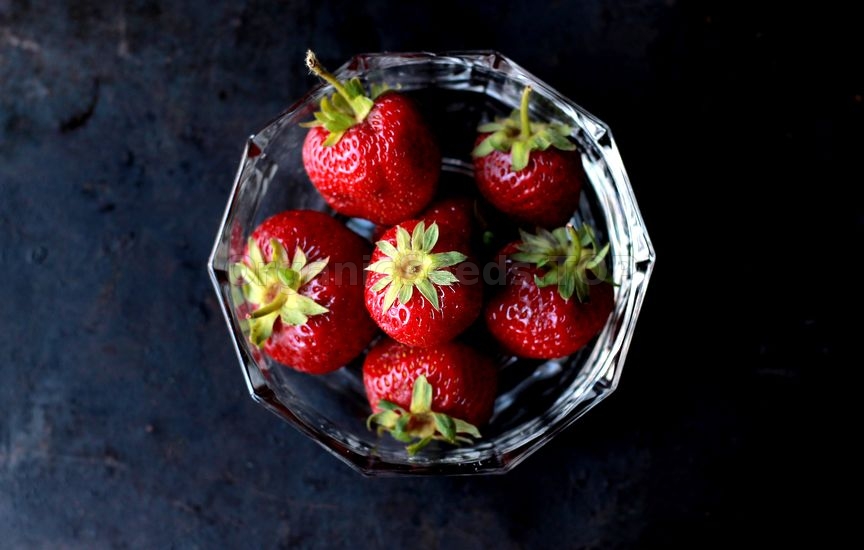 Everybody loves strawberries! These delicious and aromatic fruits are a quintessential summer treat. Why settle for expensive supermarket strawberries when they are so easy to grow at home? Happy both on the vegetable plot and on the patio, try growing strawberries in hanging baskets, containers, and even window boxes! Grow your own strawberries today and discover the flavour of warm sun-ripened fruit picked fresh from your own garden. Where to Plant Strawberries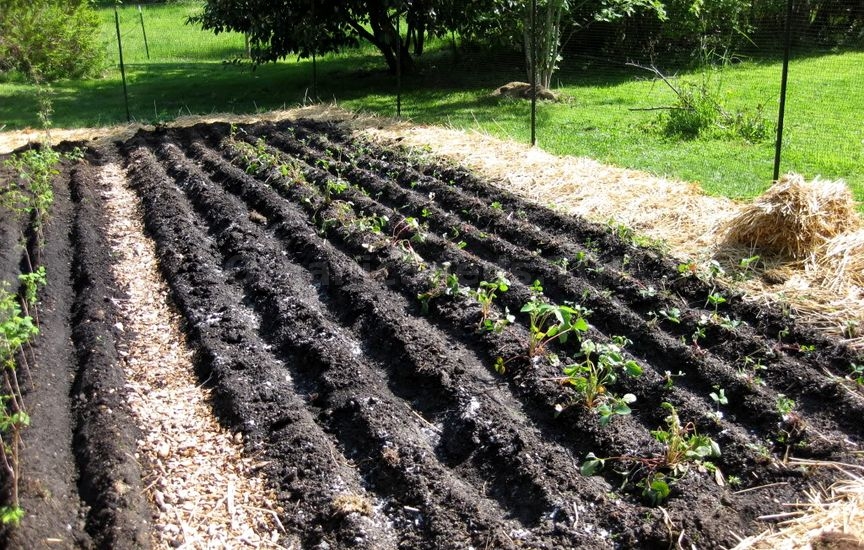 Strawberries are best planted in the spring or autumn. They prefer a sunny and sheltered position in fertile, free-draining soil. Improve your soil with lots of organic matter such as compost or well-rotted manure prior to growing strawberry plants. Strawberries can be grown in semi-shade - in fact alpine strawberries prefer this! However, summer-fruiting and perpetual-fruiting strawberries may not crop as prolifically in the shade as those grown in full sun. Planting Strawberries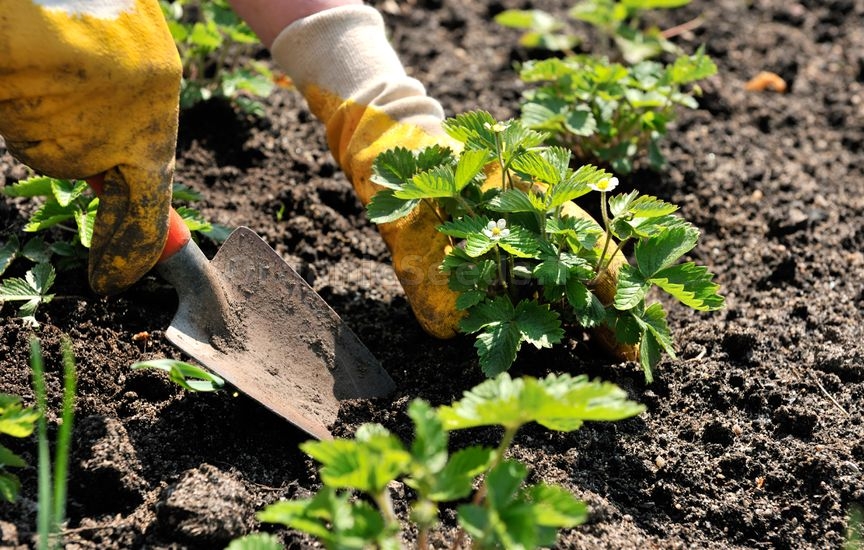 When planting your strawberries give them plenty of space for better cropping and easy access. For growing in the ground, plant strawberries 45cm (18") apart and in rows spaced 75cm (30") apart. Use a trowel to dig a hole big enough to accommodate the roots of the plant. If planting strawberry runners spread the roots out in the hole and make sure the crown of the plant is resting at soil level.
Pot-grown plants should be planted so the top of the crown is level with the soil surface. Planting too deeply can cause the strawberry plants to rot, and planting with the crown too high above the soil surface can cause the plants to dry out and die. Firm the plants in well and water thoroughly. How To Grow Strawberries in Hanging Baskets and Containers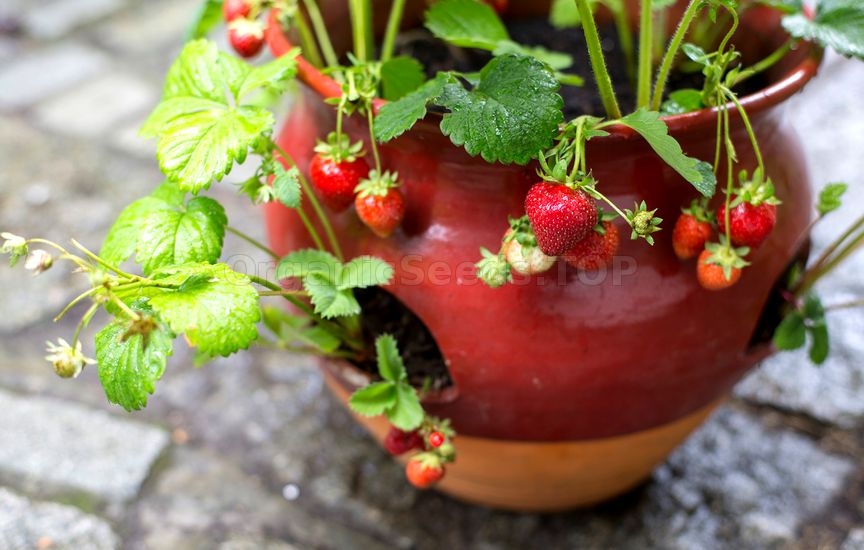 Strawberries are well-suited to hanging baskets or patio containers and are ideal for those with limited space. This also keeps them safely away from slugs, snails and small animals who enjoy the fruits as much as we do! Why not grow strawberries in our strawberry planters for an attractive, space-saving patio display - plus you won't have far to go to pick your delicious fruits.
For a 12" hanging basket its best to only grow three or four strawberry plants so they dont compete too much for light, nutrients and water, which will ultimately reduce cropping. Incorporate some water-retaining granules and slow-release fertiliser such as incredicrop® into the compost before planting. Check the compost daily in hot weather and water if the top half-inch of compost feels dry. Feed, Water and Harvest!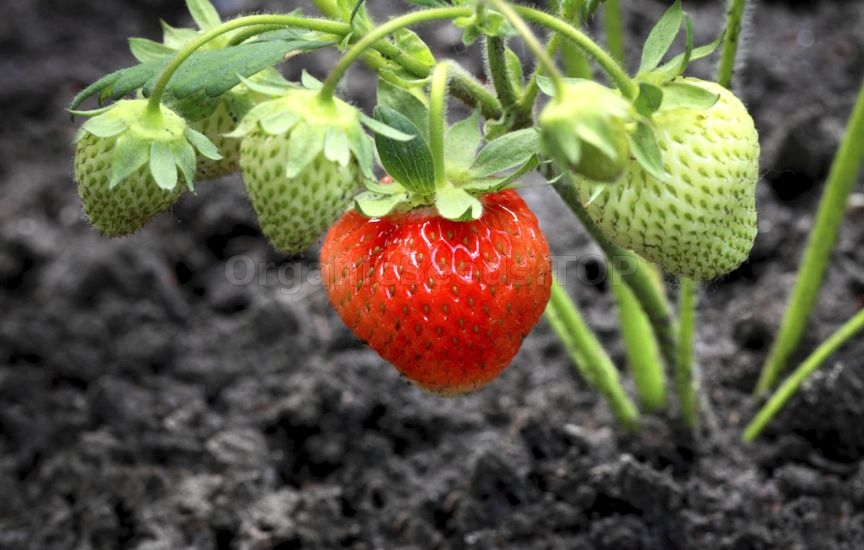 For really bumper crops of juicy strawberries, feed and water your plants regularly throughout the spring and summer. Well-manured soils should be fertile enough for good cropping. If your soil is poor then a slow-release fertiliser can be worked in to the soil surface in the spring.
Water frequently whilst new plants establish and during dry periods. If growing strawberries in pots or hanging baskets, feed them every two weeks during the growing season with a balanced fertiliser. When flowering begins, switch to a high-potash liquid fertiliser to encourage good fruiting. As the fruits develop, place dry straw or mulching fabric underneath to prevent soil splash on the fruits, which causes blemishes to the fruit. Its also worth netting your strawberries before they turn red as the birds will make a quick meal of them! A net tunnel can be easily installed, if you are growing your strawberries in rows. You may like to consider investing in a fruit cage to protect your fruit - particularly if you are planning on growing currants too. Some varieties of strawberry produce runners which are trailing stems with young strawberry plants along the length. These should be removed from early summer onwards (the plant will produce runners all summer) to help direct energy into flowering and fruiting, and reduce competition for light and nutrients. Strawberry Aftercare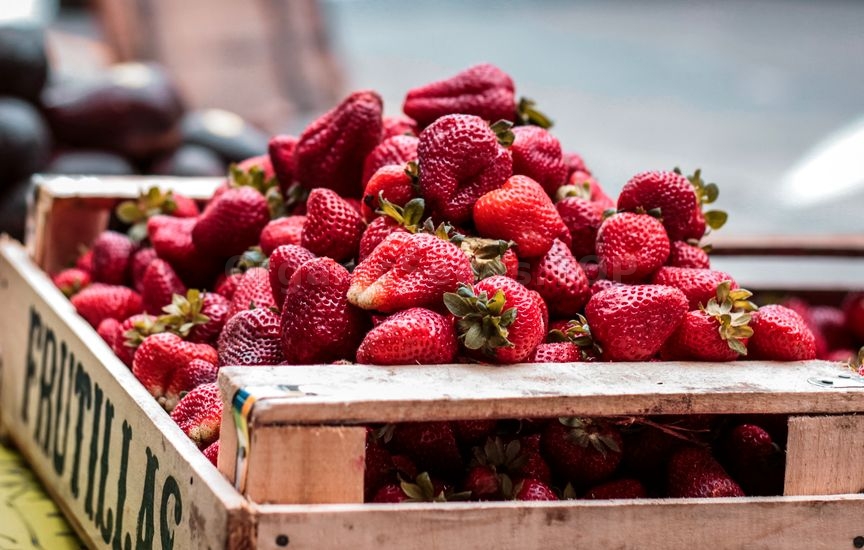 After cropping, remove any straw and netting to allow better air flow around the crown of the plant. As the summer progresses, keep on top of weeding and continue to remove any runners. Clear away dead foliage as this can harbour pests and diseases over winter. Each spring spread a general purpose fertiliser around your plants along with a mulch of well-rotted manure or compost.
Strawberry Crop Rotation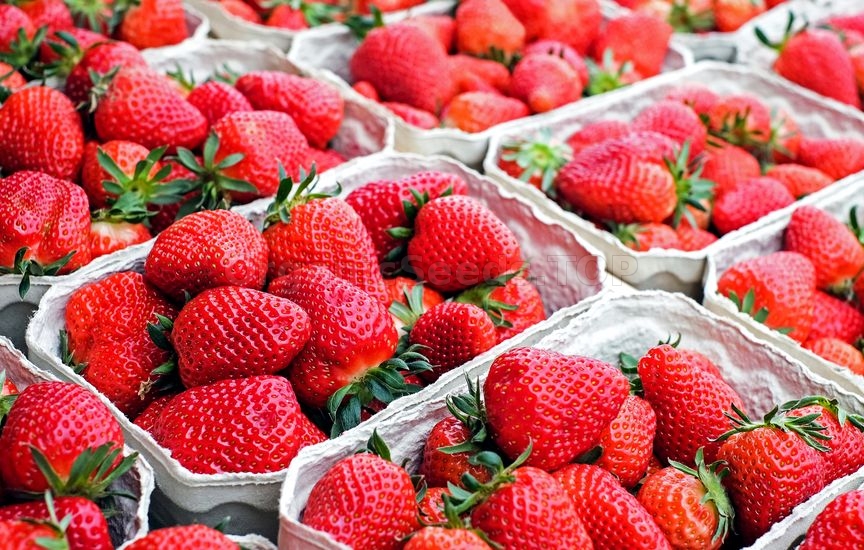 Strawberry plants tend to lose vigour after about three years; harvests become smaller and the plants succumb to pests and diseases. It is best to replace plants after their third year of cropping. If space allows then rotate your strawberry beds every three years to a different part of the garden to prevent pests and diseases building up in the soil.
Growing Strawberries from Seed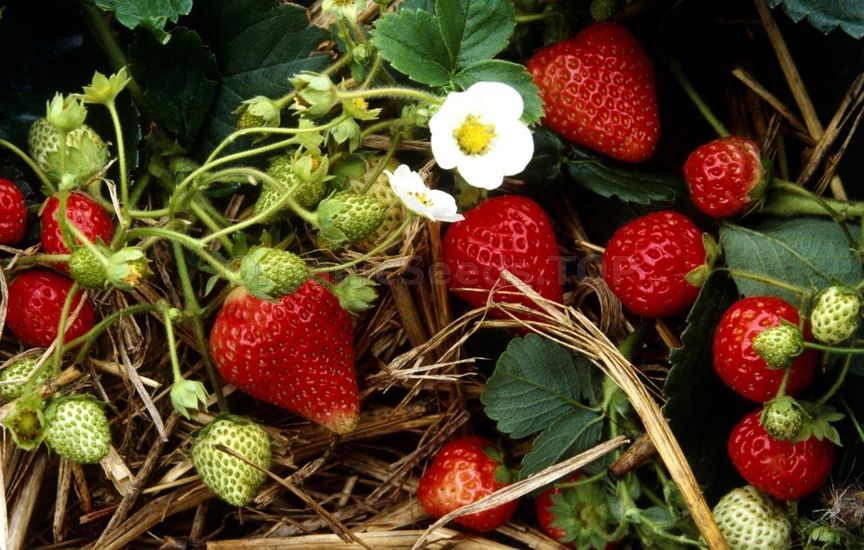 Although strawberries are normally bought as plants, you can also try growing strawberries from seed. Seeds take up to a month to germinate and will usually crop the following year. The advantages of growing from seed are the unusual varieties that aren't available as plants, such as 'Florian'; which has pink flowers and produces fruit both on the parent plant and the runners, making it ideal for a hanging basket.
Growing Strawberries Indoors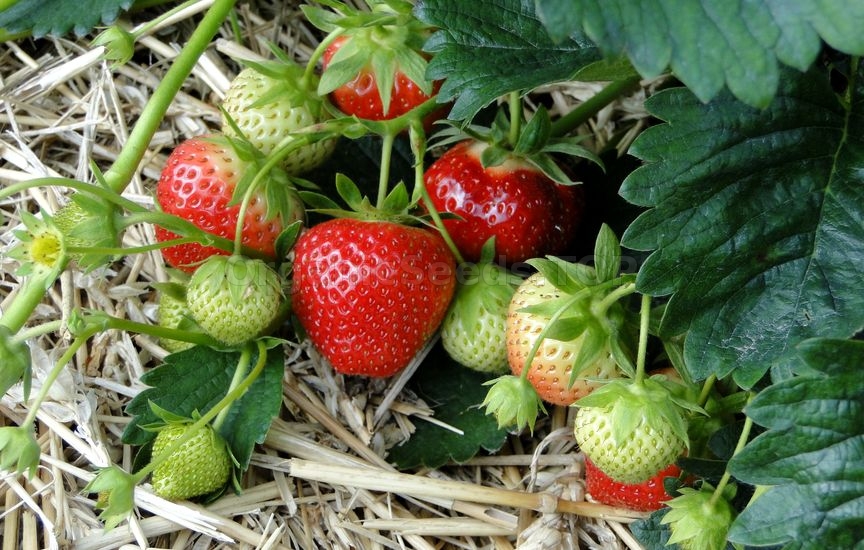 Growing strawberries in a greenhouse or conservatory can produce fruit up to a month earlier than usual. (If you don't have a greenhouse or polytunnel then placing a cloche over your outdoor strawberry plants in February will also advance ripening by about three weeks.) For growing strawberries indoors its best to plant each strawberry plant into a 15cm (6") pot of general multipurpose compost. Strawberry plants need to be left outside for the autumn and winter as they require a chill period to initiate flowering. From February you can bring the plants indoors to a bright position and water as needed. Take care not to let the temperature rise above 16C as this will inhibit flowering. Youll also need to pollinate the flowers by hand. To do this, lightly brush a soft paint brush around the central yellow part of each of the flowers. Remember to feed your plants with a balanced fertiliser every two weeks until flowering begins, at which point you should switch to a high-potash liquid fertiliser for the best fruiting. You may need:«Fresca» - Organic Strawberry Seeds«Snow White» - Organic Alpine Strawberry Seeds«Baron von Solemacher» - Organic Alpine Strawberry Seeds«Alexandria» - Organic Alpine Strawberry Seeds«Yellow Wonder» - Organic Alpine Strawberry Seeds |
|
|
